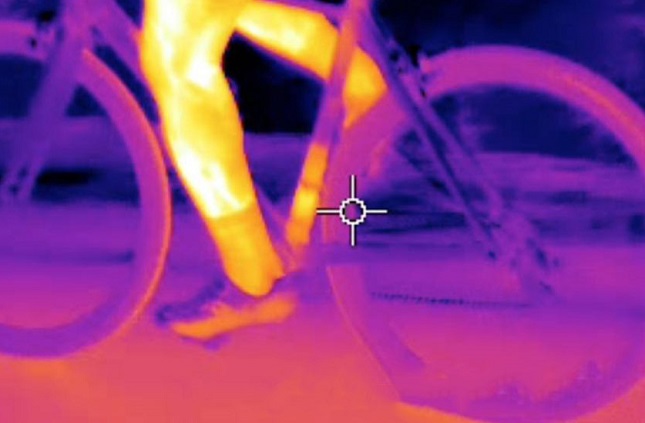(Reuters) – The UCI will use X-ray equipped trucks on Grand Tour stages and leading classic races this season following an increase in concerns about riders using motors inside their bikes.
A source with direct knowledge of the matter told Reuters on Tuesday that X-ray cameras would check bikes after stages of the Tour de France, the Giro d’Italia, the Vuelta and the five biggest one-day races.
The UCI has called a news conference on Wednesday to present its action plan in the fight against ‘technological fraud’, which the ruling body has made one of its top priorities under new president David Lappartient.
Frenchman Lappartient was elected in September, beating outgoing president Brian Cookson.
Under Cookson, the UCI had used a tablet device to scan bikes, a technique that was widely criticised by riders and some team staff for being ineffective.
In the last two Tours de France, thermal imaging cameras were also used to detect the potential use of motors in bikes.
This was part of a collaboration between the Tour and France’s Atomic Energy Commission and the measure will be extended this year, the source said.
Former professional rider Jean-Christophe Peraud of France, who finished second in the 2014 Tour, was named “manager of Equipment and the Fight against technological fraud” by the UCI last November.
“He had credibility, you cannot fool him,” the source said.
In 2016, Belgian rider Femke van den Driessche was banned for six years by the UCI in the first case of ‘motorised doping’ in cycling.
Van den Driessche, who was caught at the cyclo-cross world championships in Belgium, denied knowing that the bike broke the rules, and said it belonged to her friend.
As well as the Grand Tours, the races affected by the new UCI measures are the Milan-San Remo, the Tour of Flanders, Paris-Roubaix, Liege-Bastogne-Liege and the Tour of Lombardy.














